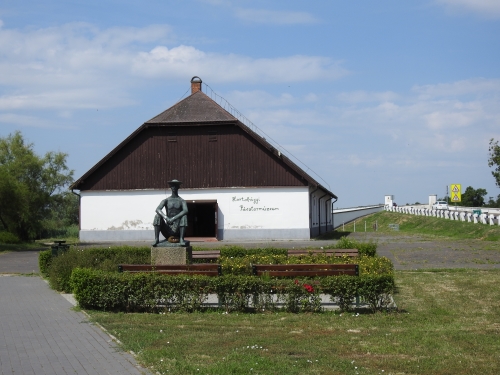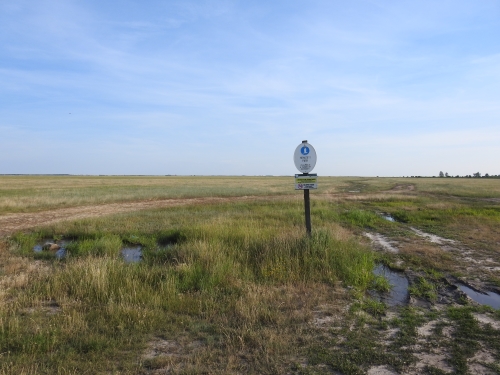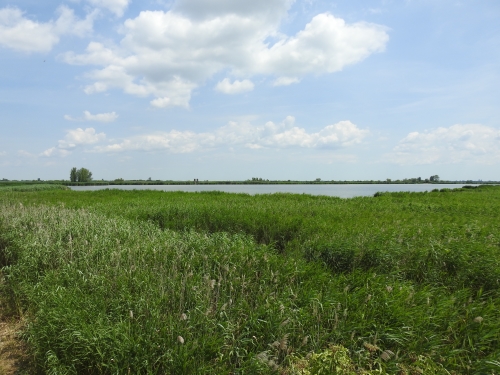Blog WHS Visits
WHS #705: Hortobagy NP
Hortobágy National Park - the Puszta is a steppe landscape where man has left only temporary structures. Shepherds graze their horses, cows and sheep (species adapted to local conditions) here on the barren land. Fishponds were built in the early 20th century to vary the land use more. The park is also known for its variety of bird species. I had planned to focus mainly on the park’s natural features (though it’s a cultural site on our List) and I even brought a travel guide book to make the most of it.
I had 1 full day here (stayed for 2 nights) and focused on Route 1 described in the guide book. This is an all-day circuit by car, with stops and short walks along the way. Officially you do need a permit to visit any site in the national park that lies off the main road, but since the Visitor Center wasn’t open yet at 8 am when I went out I decided to start without one (in the end I never encountered any controls).
The route first goes eastwards from the town of Hortobagy, on the busy road B33. There you’ll find 3 lookout towers. I climbed 2 of them – they provide wide views over the plains but you actually don't see anything of much interest. Afterwards you turn left off the main road and make a full loop via the northern side of the park. Here too the road is busy at first and there is a town with traffic lights, supermarkets and people who are just doing their daily things. The whole ‘steppe’ thing feels pretty small-scale if you have ever been outside of Europe.
The best part of the route lies along the road between Telekháza and Hortobagy. This road is full of potholes, but that does make people not drive so fast (and they probably avoid it as well). For me it was handy that I could just stop the car at the side of the road when I saw something interesting. I was mainly looking for a sozlik, a ground squirrel that only occurs on the steppes of Eastern Europe. They like to stand on their hind legs and I thought I found one in front of a row of straw bales. However, when I zoomed in closer, I noticed its large ears so it must have been a hare.
Still from the same road I saw an old burial mound (known as kurgan). They were made by nomads and date back to the Stone Age. A bit further on I got out for a walk to one of the fish ponds. The walk starts at 2 rusted water towers - you follow the path first to the right and then to the left at a metal shed. The path runs between 2 fish ponds, but the shores are so overgrown with reeds that you cannot see anything of the ponds. After 15 minutes walking you arrive at a wooden watchtower. Just like the others I climbed on this day, it is not exactly in perfect condition - there is always a beam loose or a hole in the wood. However, here the climb is well worth it because it gives you a view on both fish ponds. The trail is not signposted, so that does keep it exclusive and there were no other visitors present.
Later in the day I ticked off some more sights in the area, such as the Shepherd’s Museum and the Nine Arch Bridge. I had eaten at the historic Hortobagy Csarda the evening before, although I found better food next day at the Tiszacsege fish csarda. I even bought a permit (1000 forint / 3 EUR) at the Visitor Center to check out some more fish ponds. I tried hard to enjoy it all, but there are so many annoying things that keep distracting you from a satisfying visit. The permit system, the lack of information, the limited parking possibilities (or when there is, the payment for it), the busy roads and speeding locals. My best memories comprise encountering the shepherds and their herds in the fields early morning and late afternoon light.
Els - 21 July 2019


